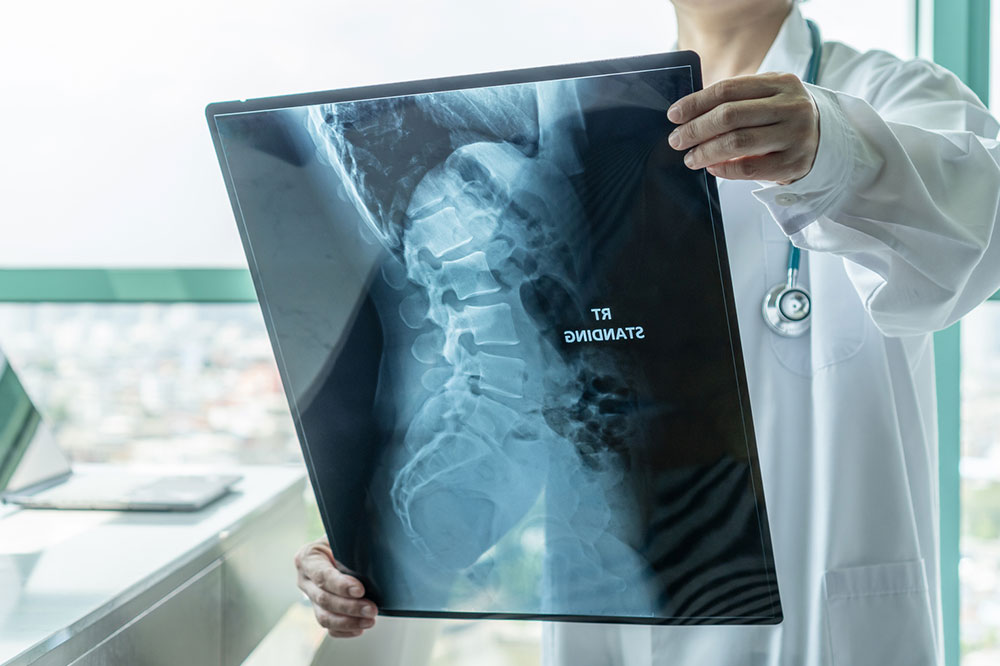Spinal muscular atrophy – Types and symptoms
Spinal muscular atrophy is a neurological condition that affects an individual’s movement. The rare genetic condition causes the muscles to weaken due to improper functioning of the spinal cord and brainstem cells, and it is the leading genetic cause of infant mortality. Despite its prominence, there is a general lack of awareness about this degenerative disorder. This article tries to bridge the gap by discussing the types and common symptoms of the condition:
What is spinal muscular atrophy?
Spinal Muscular Atrophy (SMA) is a group of hereditary disorders that affect movement. The condition causes muscle wasting and weakness, mostly due to the loss of nerve cells present in the brain stem and spinal cord.

The severity varies based on the type of SMA, with type 0 being the rarest and most severe form that develops during pregnancy. Milder forms of SMA develop during childhood (type 3) and adulthood (type 4).
What are the symptoms of SMA?
SMA symptoms depend on the type of the neuromuscular disease. There are five basic types, each of which manifests differently. Here are some of the symptoms that manifest with each type:
- Type 0
This is the rarest form of SMA, and it develops in babies while they are still in the womb.
Another severe form of SMA, type 1 can leave an affected infant unable to support their head or sit without support. Swallowing trouble, breathing difficulties, and floppy arms and legs are also common among babies with this type of SMA.
This type affects babies of 6-18 months and causes moderate to severe symptoms that mostly affect the legs. This can hinder movement, but babies can sit and stand without help.
The symptoms for this type occur between 2-17 years of age, and it is the mildest form of SMA. Children with this type can stand and walk without support but may experience trouble running, walking up the stairs, or getting up from a chair.
This SMA type begins in adulthood, and the symptoms generally last through life. Common symptoms include muscle weakness, twitching, and breathing troubles.

